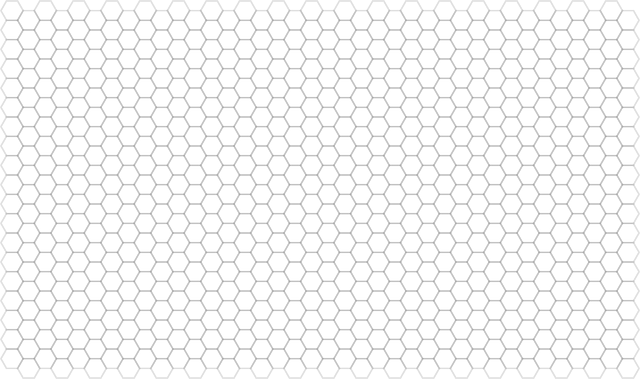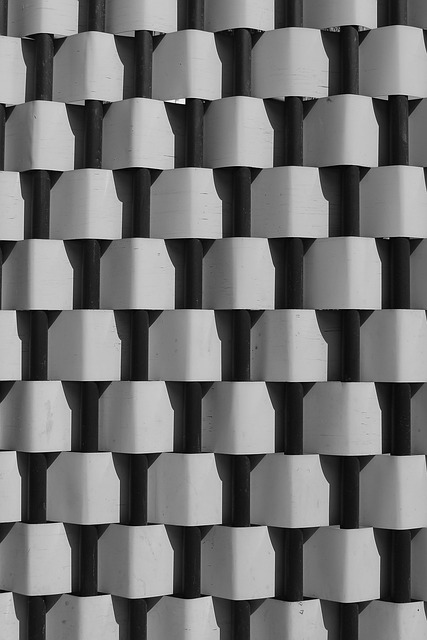Muscle soreness, or 'kratom heart', is a natural post-workout sign your body needs recovery time, stemming from micro-tears in muscle fibers and inflammation. While lactic acid isn't the primary cause, myofibrillar and sarcoplasmic damage triggers this adaptive response aiding muscle growth over time. Kratom, named for its heart-shaped flowers, offers a natural solution with anti-inflammatory alkaloids like mitragynine and 7-hydroxymitragynine, providing gentle pain relief without traditional side effects. Personalized workout plans incorporating kratom heart rate monitors help manage soreness, optimize recovery, and enhance overall well-being for sustainable fitness goals.
Experience lingering muscle soreness? It’s more than just a minor inconvenience—it’s a sign your body needs attention. This guide delves into the science behind muscle soreness, exploring its causes and offering a natural solution: kratom. We’ll uncover how this herb can provide relief and, critically, outline steps to design a personalized workout plan optimized for recovery. Say goodbye to aching muscles—reclaim your active lifestyle with our comprehensive approach.
- Understanding Muscle Soreness and Its Causes
- The Role of Kratom in Relieving Muscle Soreness
- Creating a Customized Workout Plan for Optimal Recovery
Understanding Muscle Soreness and Its Causes
Muscle soreness is a common post-workout sensation, often felt as a gentle discomfort or sharp ache. It’s your body’s way of signaling that it has been through a challenging physical activity and needs time to recover and repair muscle fibers. This process is a natural response to exercise, particularly when pushing beyond your comfort zone or trying new movements. The degree of soreness can vary from person to person, depending on factors like the intensity and duration of the workout, individual muscle mass, and overall fitness level.
Several mechanisms contribute to delayed onset muscle soreness (DOMS), commonly known as ‘kratom heart’. This includes micro-tears in muscle fibers, inflammation, and increased blood flow to the affected areas. Exertion also leads to the accumulation of lactic acid, which, despite being a common misconception, is not the primary cause of DOMS. Instead, it’s the myofibrillar and sarcoplasmic damage that results from intense exercise that triggers this adaptive response, ultimately aiding in muscle growth and strength development over time.
The Role of Kratom in Relieving Muscle Soreness
Kratom, a natural herb with a growing reputation in wellness circles, has been shown to play a significant role in relieving muscle soreness. Known for its soothing properties, kratom interacts with opioid receptors in the body, offering a gentle yet effective pain-relieving effect. This makes it a valuable addition to customized workout plans designed to alleviate post-exercise discomfort.
The unique heart-shaped flowers of kratom contain various alkaloids, including mitragynine and 7-hydroxymitragynine, which have anti-inflammatory properties. These compounds help reduce the inflammation associated with muscle soreness, providing users with a natural and potentially more sustainable solution compared to over-the-counter pain relievers. Incorporating kratom into recovery routines can be a game-changer for fitness enthusiasts looking to maintain their active lifestyles without enduring persistent muscle aches.
Creating a Customized Workout Plan for Optimal Recovery
Creating a customized workout plan tailored to your specific needs is a powerful tool for alleviating muscle soreness and promoting optimal recovery. This personalized approach recognizes that every individual’s physical response to exercise varies, requiring unique strategies to achieve the best results. By taking factors like activity level, fitness goals, and personal preferences into account, you can design an effective routine that supports tissue repair and enhances overall well-being.
A kratom heart rate monitor or similar technology can play a significant role in this process by providing valuable data on your recovery progress. This information helps guide adjustments to your workout intensity and duration, ensuring you push yourself appropriately without exacerbating muscle discomfort. With a customized plan, you can navigate the journey towards relief from post-workout aches and pains, allowing for a faster return to your active lifestyle.
In conclusion, understanding muscle soreness and its causes is the first step towards effective relief. While kratom has shown promise in alleviating discomfort, a customized workout plan tailored for optimal recovery remains paramount. By combining targeted exercises with a compassionate approach to fitness, individuals can experience enhanced heart health and faster muscle repair, ultimately leading to improved overall well-being.














